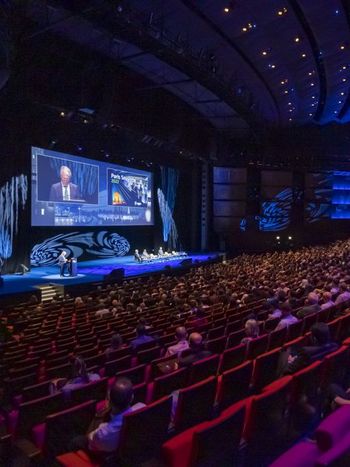CIGRE Session 2024 - Call for papers
Submit a Paper for the leading global event for Power System Expertise and experience an exclusive opportunity as author to take the floor and address a large audience!
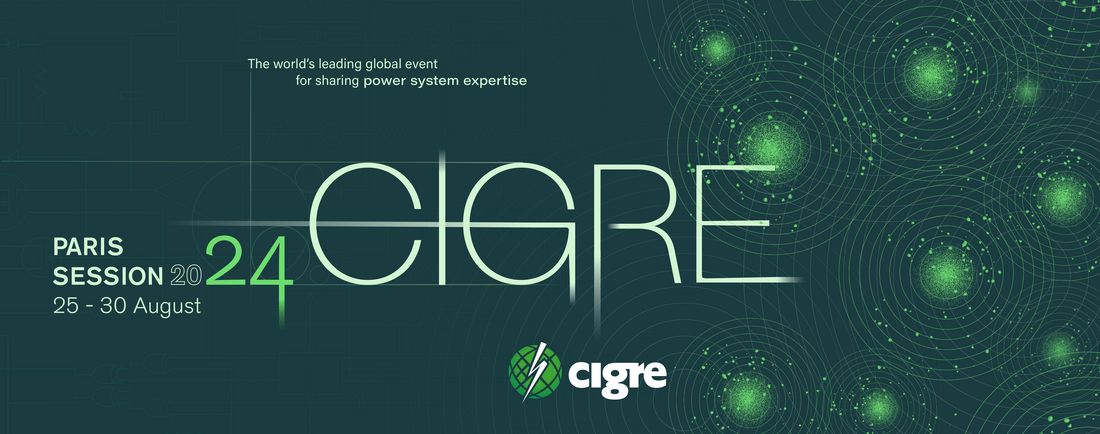
A few words about the Paris Session: Much more than a traditional conference
As the leading global event for power system expertise, CIGRE Session offers Delegates a unique and comprehensive experience with two must-attend events: Group Discussion Meetings and Poster Sessions.
Group Discussion Meetings
Spanning the end-to-end power system, the 16 Study Committees of CIGRE will each host Group Discussion Meetings and Poster Sessions.
After reviewing and examination of the Session Papers, our Special Reporters compile questions, that are not specifically aimed at the papers’ authors, but are synthesised from common issues and trends identified in across the papers. Session attendees are encouraged to share their views and experiences in response to these specific questions. This provides the opportunity for a broader response and participation in the Group Discussion Meetings.
A 2 or 3 slides for a 5 - 10 minutes presentation is a usual format. The meeting convener asks each contributor to take the floor and present the contribution to the audience, with a speaking time schedule set up in advance.
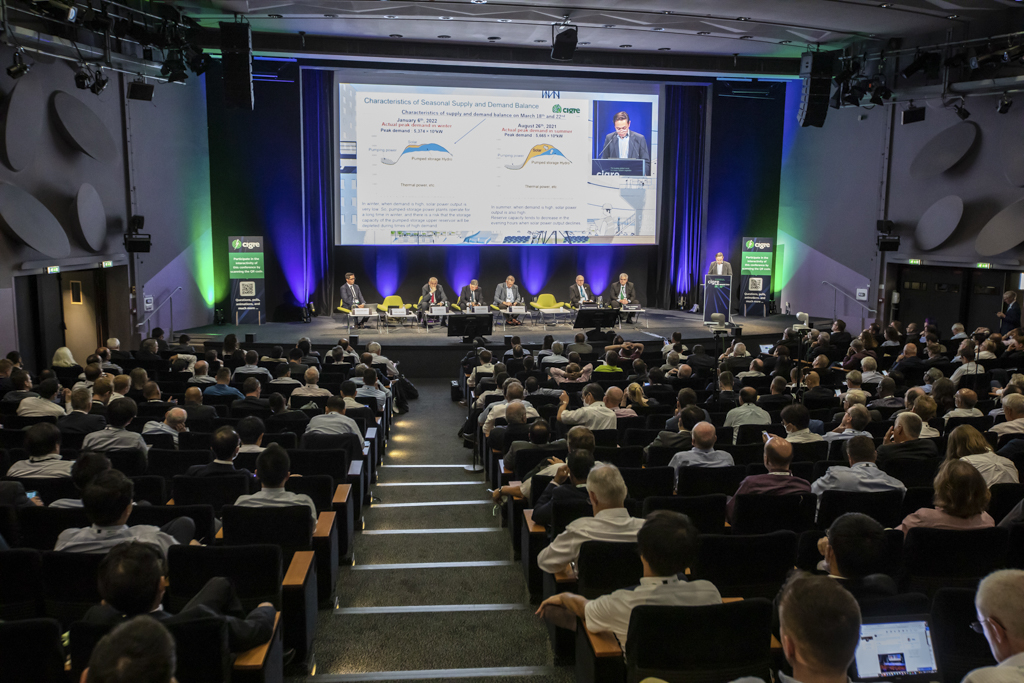
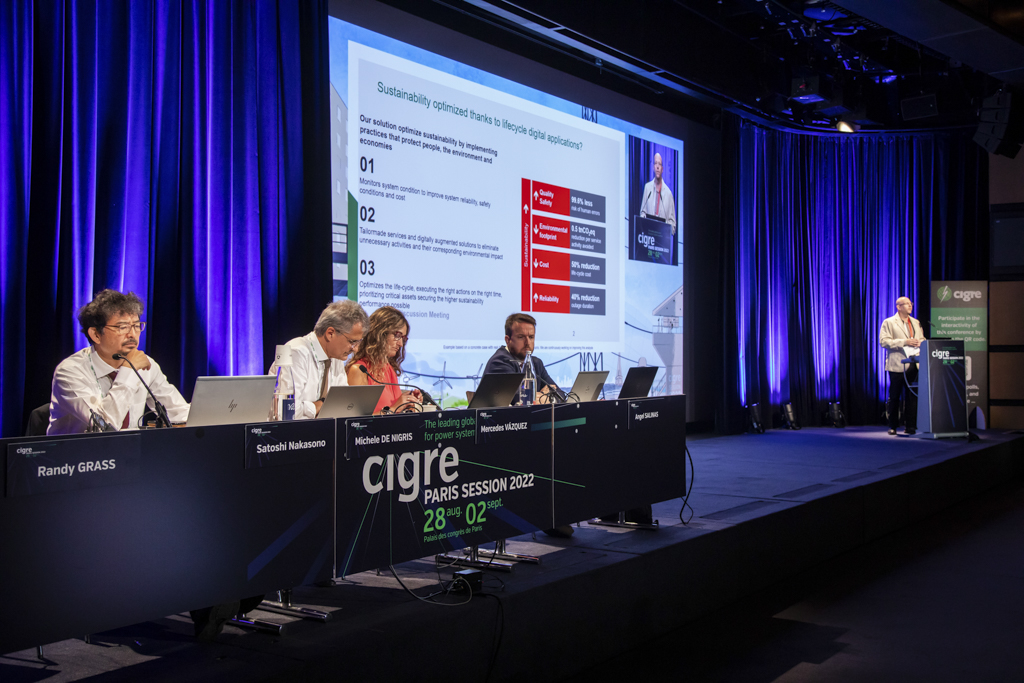
Poster Sessions
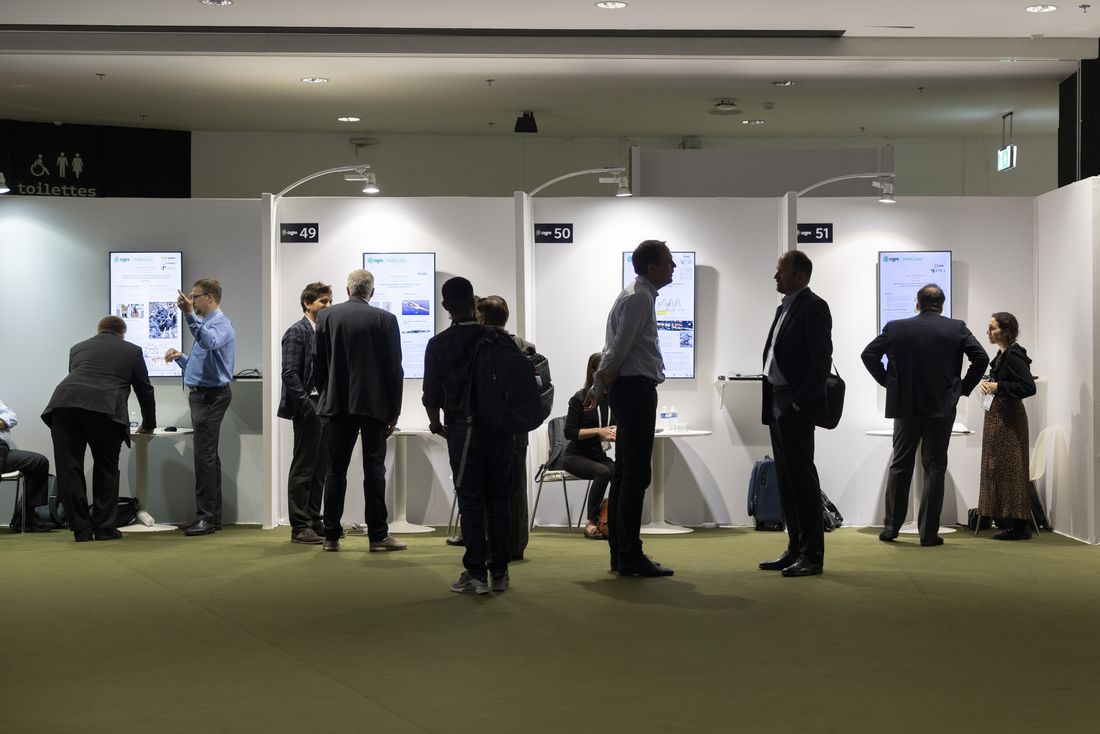
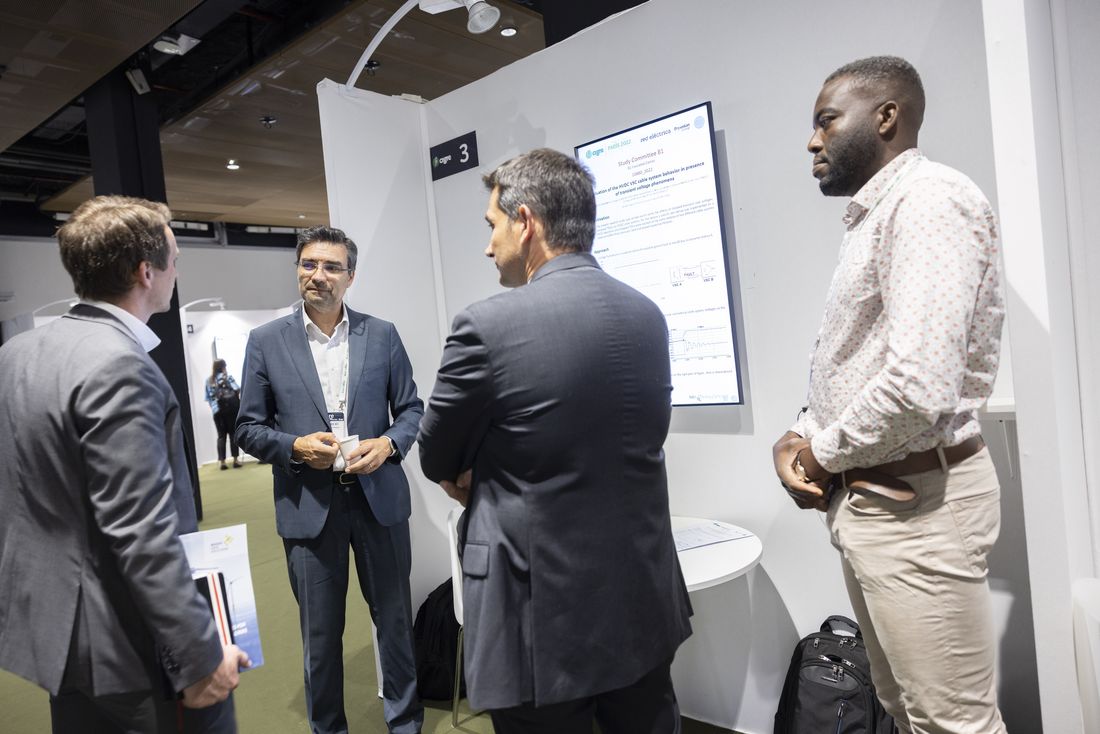
Since their creation, Poster Sessions are proved very popular and appreciated by both Authors and Session Delegates.
Poster Sessions are not a second choice, but a unique opportunity for authors to present their Papers in a convivial working atmosphere during fruitful exchanges with the Session Delegates. A large area is entirely dedicated to this event. Authors will have their own booth with a monitoring screen.
The meeting duration is usually half a day but can be adjusted according to the number of presentations.
Authors and intended contributors should prepare their slides in advance and make them available to Study Committees for a prior check and more optimal organization of the meetings. Templates and instructions will be posted on CIGRE Session website and circulated to all a few months ahead the Session. National Committees will not be involved in the process.
Contributors will upload their prepared contributions directly through their personal account on the registrations portal. Authors will upload their presentation for Poster Session on a dedicated website.
Important!
Prepared contributions at Group Discussion Meetings and Papers presentation at Poster Sessions can be made only by registered delegates, who will attend the meetings in person – no remote participation.
Authors or co-authors who cannot attend the Session may ask then someone to present the Paper - a colleague for instance - so that each Paper could be presented at the Poster Session meeting.
Download the Call for Papers
Preferential Subjects
PS1: Rotating electrical machines and the energy transition
- Impact of the energy transition on the role, duty and flexible operation of rotating electrical machines
- Changing requirements on rotating machines to support the evolution of smart grids
- Update of international standards for electrical machine requirements to reflect future applications
PS2: Evolution and development
- Developments in the design of generators for new applications such as wind turbine, synchronous compensators and variable speed pump-storage
- Improvements in design, manufacture, efficiency, insulation, cooling, bearings and materials
- Enhancements in the performance, reliability and control of rotating electrical machines
- Design evolution of rotating electrical machines based on operational experience
PS3: Keeping the lights on
- Condition monitoring, diagnosis, prognosis of rotating electrical machines including the use of artificial intelligence, deep learning techniques and digital twin concepts
- Ensuring power supply reliability by asset management of installed base and maintenance practices
- Improving performance and extending operational service life of installed base through refurbishment, replacement, and power up-rating, and methodologies to establish the sequence of machines to be refurbished/replaced
PS1: Design of resilient transformers
- Stresses from the environment: Impact of global warming, high temperatures heavy rain, high winds, offshore installations, etc.
- Stresses from the system: switching impulses, reverse flow, emergency overloading, harmonics, GIC, short-circuits and internal arcing etc.
- Specifications: design criteria, materials and testin g requirements for new transformers. Suitable maintenance standard and refurbishment strategies
PS2: Advances in transformer analytics
- Data management: digitalisation and information model, online and offline test data, integration of condition and multiple data sources, data preparation for analytics
- Diagnostic and on-line monitoring: algorithm/guidelines for on-line monitoring, advanced interpretation of condition data, case studies
- Modelling: transformer digital twins (thermal, dielectric, mechanical, etc.), physics-based and hybrid models, failure probability and ageing models, applications of artificial intelligence
PS3: Reliability of transformers for renewable energy
- Transformers for low carbon technologies: voltage < 100kV, wind and photovoltaic parks, battery energy storage and electric vehicle charger etc.
- Case studies and lessons learned: type of failure, root cause analysis, mode of operation. Recommendations concerning procurement, design, operation and asset management strategies
- Failure Prevention: useful diagnostic methods and monitoring systems. Optimization of operating conditions and additional measures such as overvoltage protection, harmonic reduction, cooling optimisation etc.
PS1: Energy transition involving T&D equipment
- Innovative technologies to reduce total cost of ownership and to foster the energy transition
- Novel applications especially DC and increased duties on equipment due to DER
- Improvement of grid resilience due to climate change: the impact on equipment requirements
PS2: Lowering the carbon footprint of T&D equipment
- Performance & maturity of SF6 alternatives – report on industry experience
- Life cycle assessment of T&D Equipment
- Life cycle management and life extension of existing equipment
PS3: Maintaining and management T&D assets
- Smart sensors, low power instrument transformers, monitoring, condition assessment and application of IoT
- Digital twin and equipment reliability modelling also covering new / higher load profiles
- Big data management and data ownership, with respect to equipment condition assessment
PS1: Learning from experiences
- Design, manufacturing, installation techniques, maintenance and operation
- Quality, monitoring, condition assessment, diagnostic testing, fault location
- Lessons learned from permitting, consent and safety issues from design to implementation
PS2: Future functionalities and applications
- Innovative cables and systems, exploring the limits of both land and submarine cable
- Role and requirements of power cables in tomorrow’s grids
- Prospective impacts from the internet of things, big data and industry 4.0 and robotics on power cable systems
PS3: Towards sustainability
- Experience with technical sides of environmental challenges for current and future cable systems
- Technical impacts of recycling, roadmap to net zero, life-cycle of system with upgrading and uprating, inclusion of new technologies such as hydrogen
- Projects and initiatives to promote access to affordable, reliable, sustainable distribution and transmission cable systems for all
PS1: Challenges from renewables integration and influences of energy transition on OHL
- Technical solutions for increasing power transfer capabilities of existing OHLs, methods for enhancing line/corridor utilization
- Methods and strategies to accelerate approval and permit processes, stakeholder engagement
- Innovative solutions and construction techniques for overhead lines
PS2: Asset management, strategies, technologies and methods for OHL
- Safeguarding of existing OHL from impacts of external infrastructure, encroachments, vandalism, sabotage
- Asset health index (AHI), time-based and risk-based inspections, ageing, residual life assessments, protective treatment of components
- Innovative maintenance methods, use of artificial intelligence (AI), augmented and virtual reality techniques (AR-VR) and increasing resilience
PS3: Impacts from climate change on OHL
- Impact on OHL design and operations due to climate change
- Lessons learned for TSO/DSO, studies and practical experiences from a changing environment
PS1: Challenges & new solutions in T&D substation design and construction for energy transition
- Design impacts on substations from on-offshore wind, PV, hydrogen, small modular reactors, EV charging infrastructure etc.
- New functions in substations (energy storage, synchronous compensators, etc.)
- HV-MV DC substation and GIS/GIL application for a DC network
PS2: Return on operational experiences for substation management
- Challenges of managing assets: Initiatives to strengthen resilience, reliability and security, best practice and end-of-life management considering sustainability aspects
- Lessons learned from operational experience from SF6 alternatives solutions, digital transformation solutions and digital substation
- New competencies for new technologies, knowledge transfer methods and high standards of education in engineering skills
PS1: DC equipment and systems
- Planning, design, performance, testing and commissioning of DC equipment and systems including point to point, multiterminal and DC grids, especially offshore DC systems
- Refurbishment and upgrade of existing DC systems
- Service and operating experience of DC converter stations and systems especially VSC based DC systems and offshore DC systems
PS2: FACTS and power electronics
- Planning, design, performance, testing and commissioning of FACTS and other PE devices including inverter-based generation
- Refurbishment and upgrade of existing FACTS and other PE devices
- Service and operating experience
PS3: New technologies and concepts of DC and FAC TS enabling energy transition
- New technologies/concepts to address network issues associated with green energy transition such as application of grid forming converters, multi-vendor interoperability
- New concepts, technologies and design of DC converters and PE devices for both transmission and distribution systems including interfacing generation and storage to the network, energy hubs/islands, etc.
PS1: Practical experiences and new developments of process bus
- Experience feedback and implementations of IEC 61850 based process bus
- Synergies with virtualization and hardware consolidation
- Use of process-near interface intelligent electronic device (IED) and low power instrument transformers (LPIT)
PS2: Acceptance, commissioning, and field testing for protection, automation and control systems
- Current practices and experience feedback
- Challenges and perspectives for a new era of protection, automation and control systems
- Skills, tools and testing methods
PS1: Steering the energy transition: cooperation, achieving top-down targets through bottom-up investment decisions
- Governance of the different sectors of the integrated energy system, role of system operators, role of regulation & markets; achieving public targets through private investments, coordinated decision-making processes and international cooperation
- Power-to-gas & hydrogen as energy carrier and as long-term storage; energy efficiency & infrastructure efficiency in the interconnected electricity/gas/hydrogen system; large interconnection projects
- System aspect aggregation of the electrification of transport, industry, and buildings: conditions and barriers, role of stakeholders in the end-to-end system
PS2: Flexibility as pivotal criterion for system development
- Including in the planning process the flexibility options both within and outside the grids; non-network-assets and non-electric solutions: storage, demand response, energy communities, behind-the-meter resources
- Matching flexibility needs with flexibility sources: market design evolution, value of various flexibility products, optimal flexibility portfolio; prioritization of sector coupling initiatives; role of forecasts of demand and variable generation
- Storage device evolution, technical & economic performances, short/medium term measures for balancing the grid, and managing the energy system in the longer term, including thermal & molecular long duration energy storage
PS3: Resilience as pivotal criterion for system development
- Metrics and criteria to plan resilience and strength of the future power system; flexibility means as enhancers also of resilience
- Optimal planning and efficient use of resilience measures: risk assessment, prevention, mitigation, adaptation, re-start measures
- Resilience improvements from grid architecture and grid components: including the role of power electronics control and grid forming features, smart load shedding, and fast restoration methods
PS1: Create operational resilience to extreme/unpredictable events
- Natural phenomena forecasting applied to operation planning studies & real time decision support
- Threats and hazards from other systems that affect supply/demand of electricity
- Lessons learned & best practices to deal with high impact/low probability events on system operation
PS2: Changes on system operation and control considering the energy transition
- Disturbances and system restoration in power systems with a high share of inverter-based resources
- Flexibility and ancillary services for high RES share environments
- Power system operation strategies & operation planning studies considering a high share of RES
PS1: Public acceptance and stakeholder engagement in power system generation, transmission & distribution infrastructures
- Experiences in dealing with public acceptance of new & existing infrastructures
- Strategies, tools, indicators and methods that allow an effective stakeholders engagement
- Role of mitigation, compensation an offsetting measures- whole life of infrastructures
PS2: Climate change and impact on power system, a holistic approach
- Expected variations in the climate variables according to different scenarios. Potential impacts on power infrastructure and on system operation.
- Risk assessment methodologies & experiences
- Adaptation measures: lessons learned & criteria to be considered for the future and existing infrastructures
PS3: Sustainability starting for the supply chain
- Inclusion of eco-design and circularity criteria: solutions to reduce impact along the whole life of the assets
- Green procurement: experiences and methodologies to incorporate sustainability aspects in tendering decisions
- Decarbonisation: accounting scope 3 emission and reduction strategies
PS1: Power system dynamic analysis in the energy transition: challenges, opportunities and advances
- Methodologies including modelling tools and techniques, model validation, metrics and data analytics
- Technologies including storage, large scale electrification and advanced control methods
- Phenomena including control interactions, system needs and required equipment capabilities for planning and operation of secure power systems
PS2: Power quality (PQ) and electromagnetic compatibility (EMC ) analysis in the energy transition: challenges, opportunities and advances
- New tools and methods for the assessment and the mitigation of PQ issues for low-carbon grids
- EMC related challenges arising from large penetration of renewable energy plants and electric vehicles (EV) charging networks
- Evaluation and mitigation of high-altitude electromagnetic pulse (HEMP), intentional electromagnetic interference (IEMI) and geomagnetically induced current (GIC) in modern power systems
PS3: Insulation co-ordination and lightning interference analysis: challenges, opportunities and advances
- Overvoltage stress of future HVDC and HVAC transmission and distribution systems, including new characteristic waveforms
- Advancements in lightning detection systems and lightning performance assessment methods including advanced data analytics of AC and DC high voltage, medium voltage, hybrid overhead lines and other exposed structures
- Impact of extreme weather events, such as wind, fires, flooding, lightning, icing, snow, etc, on insulation co-ordination including practical solutions
PS1: Characteristics of a resilient market and its regulatory regime
- Responds to dynamic changes in the market environment and able to withstand external shocks
- What markets and regulations have proven resilient so far and are still efficient and successful
- Governance and institutional arrangements that assist resilience: who makes the decisions and takes the risks
PS2: Preparing for the future with moving targets
- Innovative approaches to markets and regulation to achieve climate and energy policy targets
- The design and structure of electricity markets to support capital-intensive, climate neutral investments
- Market and regulatory arrangements for supply, demand and storage that function across transmission, distribution and behind the meter resources
PS3: Emerging markets and forms of markets
- Markets and regulations addressing the attributes of electricity that customers are seeking from the industry
- Market based approaches to integrate community and distributed resources
- New market approaches to overcome the barriers and limitations on current market designs
PS1: Flexibility management in distribution networks
- Energy storage systems with the associated provision of their grid services to distribution and upstream networks
- Evolving planning and operational objectives and criteria with increased electrification, with changes in technology enabling end-to-end system operations
- Electric vehicle integration and impacts
PS2: Power electronic based solutions for smart distribution systems
- Evaluating and quantifying the added value of smart invertor and convertor functions and their integration into Distribution Networks
- Case studies of DC and DC / AC hybrid grid solutions for the future
- Provision of ancillary services for distribution and upstream networks
PS3: Rural, islanded and industrial electrification standards, practices and technology options
- Applications highlighting the interface between technical and non-technical aspects for rural electrification
- Off-grid and island DER applications including appropriate resilience measures
- Microgrid and multi-microgrid installations
PS1: Testing, monitoring and diagnostics
- Testing and condition monitoring for reliability in conventional high voltage systems and power electronics applications
- Assessment of diagnostics for equipment in remote or inaccessible locations
- PD measurement under DC, rectifier, and impulse stress
PS2: Materials for electrotechnical purposes and modelling
- Ageing of materials under electrical, mechanical or thermal stresses and ageing markers
- Modelling materials and field simulations for AC and DC applications
- Assessment of compatibility of aged and new materials resulting from refurbishment or life extending activities
PS3: Materials to enable the energy transition
- Alternative electrotechnical materials or manufacturing processes which reduce environmental footprint
- Materials and systems for energy storage; batteries, charging devices, capacitors etc.
- Materials to enable a hydrogen economy
PS1: IT/OT solutions to improve the efficiency and resilience of electric power systems
- Internet of things (IoT) architectures and applications in improving the resilience of electric power systems
- Applications and platforms of artificial intelligence, big data and analytics in operational technology
- Improving efficiency and resilience of power utilities with cloud technologies
PS2: Cybersecurity in emerging application domains and technologies for securing energy organisations
- Cybersecurity for DER, microgrid and energy communities’ control infrastructures
- Cybersecurity for electric vehicle charging and discharging control
- Cybersecurity in cloud-based applications of power utilities
PS3: Meeting the challenges of energy transition with reliable, scalable, and efficient telecommunications networks
- Building scalable and resilient networks with management, automation and orchestration solutions and methods
- Integration of current and new wireless technologies in meeting the requirements of power utility applications
- Techniques and methods in building resilient networks and migrating legacy networks to support critical utility applications

